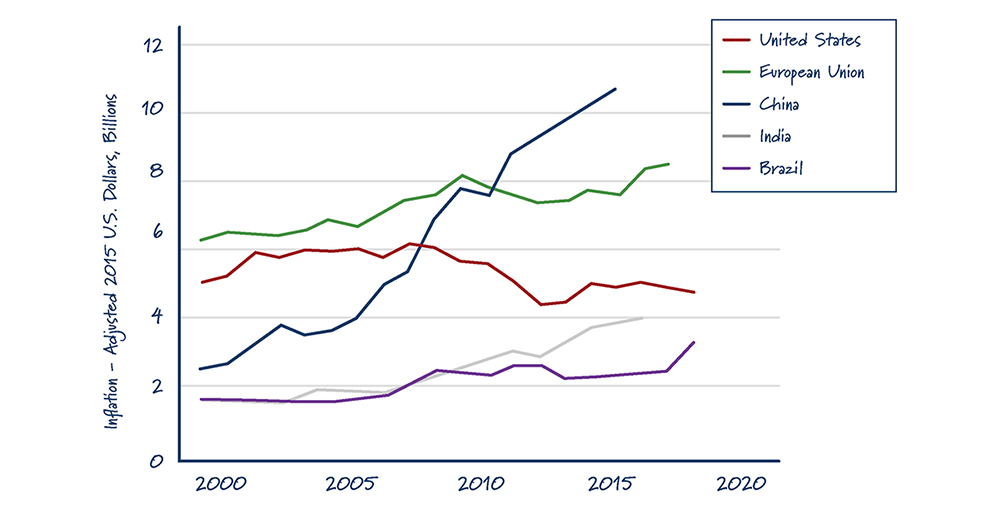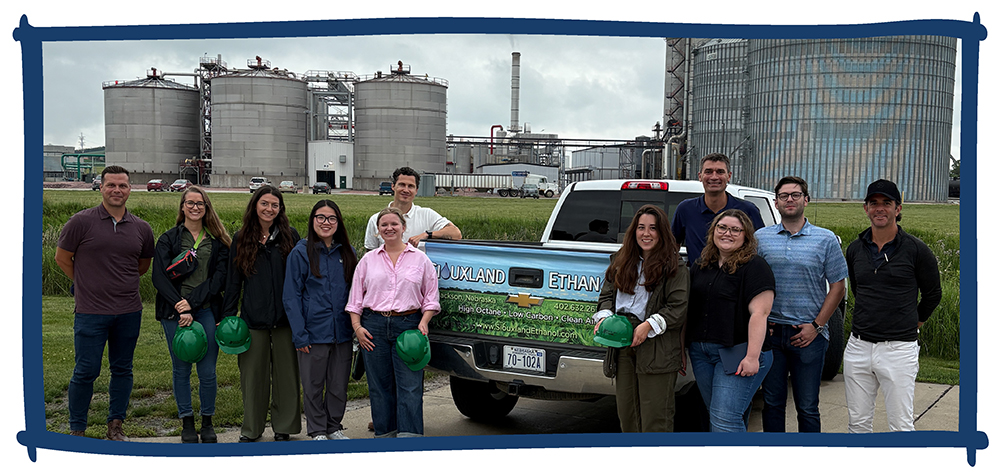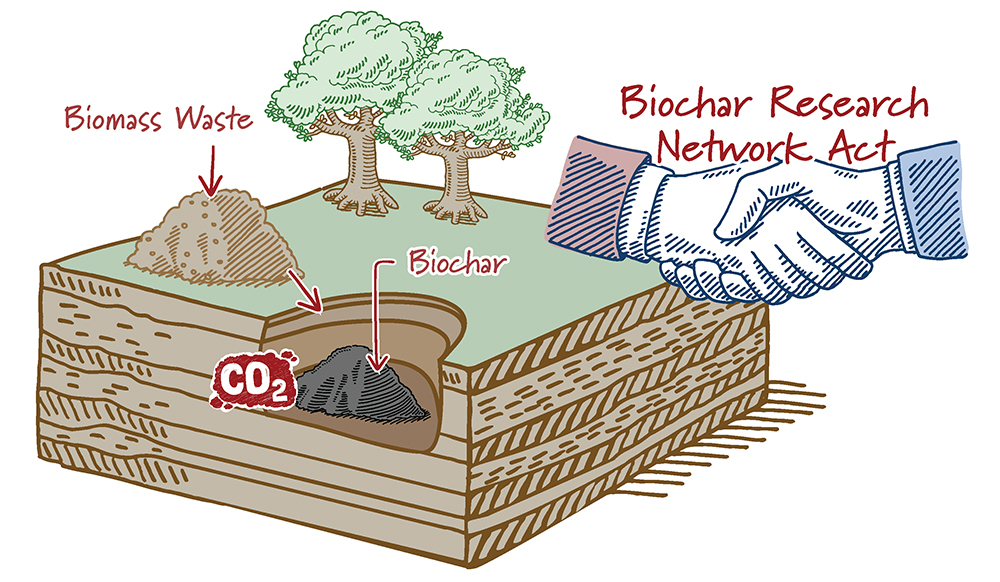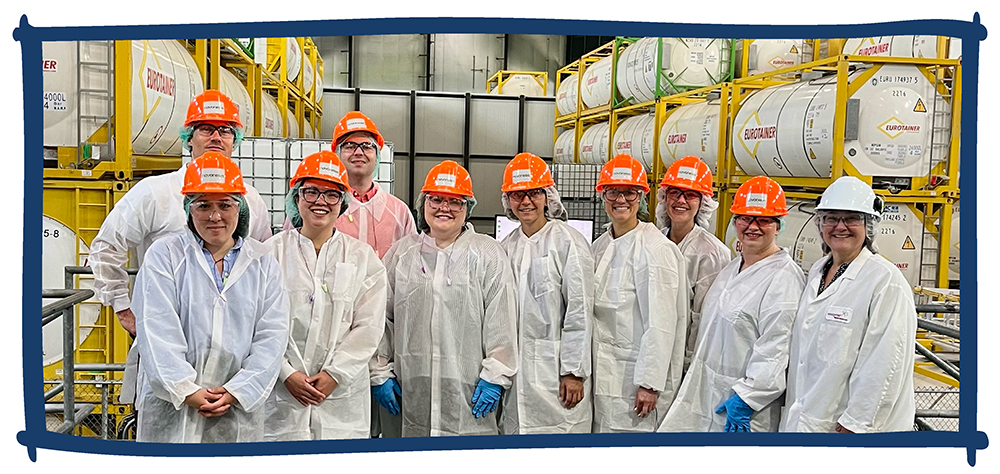Posted on July 2, 2025 by Grace Furman and Anthony DiGrado
American farmers have a long history of using innovation to solve problems at hand. In 1793, Eli Whitney invented the cotton gin. In 1837, John Deere invented the steel plow. In the 1940s, Norman Borlaug figured out how to increase crop yields. In 1989, satellites were used for precision agriculture.
While American agriculture was once defined by breakthrough innovations, over the past 20 years, public investment in U.S. agricultural R&D has declined by over 30%. During that same period, China’s investments in agricultural R&D surged, spending double that of the U.S. by 2015. Brazil and India have also ramped up efforts, with Brazil spending nearly double the U.S.’ share of agricultural GDP on R&D.
Public Agricultural Research and Development Investments: U.S. and other countries

It is time for America to reclaim its mantle of innovation in agriculture. Regions like the Midwest are growing hubs for agricultural innovation, and farmers are employing high-tech equipment and techniques to increase yields, reduce inputs, and reduce emissions.
In June, ClearPath visited a series of cutting-edge sites in Nebraska, spanning ag-tech, commercial biochemical manufacturing, and interdisciplinary research, that are enhancing rural prosperity. From on-farm automated crop sensors to biochemical start-ups, these facilities represent America’s leadership in agricultural innovation.

Members of the ClearPath, American Conservation Coalition (ACC), and Conservative Coalition for Climate Solutions (C3 Solutions) teams at Siouxland Ethanol, where Bluestem’s Project Heartland will be located.
Across the University of Nebraska–Lincoln (UNL) campus, researchers are building agricultural tools and perfecting practices, with farmers’ needs at the forefront and an eye towards commercialization.
The Eastern Nebraska Research, Extension and Education Center (ENREEC) is an integral hub of research and innovation. It covers 9,500 acres and meets the needs of Nebraska’s rural sector through research and Nebraska Extension. We visited and learned about:
We also visited two prominent research labs at UNL that showcase the value of innovation and farmer engagement in addressing agricultural challenges:
Continued federal support can complement these on-the-ground efforts in Nebraska and across the U.S. Examples of past legislation introduced in Congress that could support agricultural R&D include:

Across Nebraska, a cluster of companies is reimagining the future of industrial production through bio-based technologies that reduce emissions, strengthen rural economies, and scale clean energy solutions.

ClearPath, ACC, and C3 Solutions at Novonesis.
Projects like these have an opportunity to cement America’s energy and agricultural dominance in the coming decades. The recently introduced bipartisan Agricultural Biorefinery Innovation and Opportunity (Ag BIO) Act of 2025 aims to foster precisely these pioneering efforts, providing critical federal support for innovations taking root.
Nebraska is redefining what it means to lead in innovative agriculture. These facilities are demonstrating that cutting-edge technologies can be deployed today, through both start-up and commercial scales.
Whether deploying precision nutrient management tools, turning corn into biochemicals, or growing new markets for bio-based materials, Nebraska’s ecosystem blends scientific expertise with practical applications on the ground. And in doing so, it’s charting a clear path for how rural economies can thrive with more agricultural innovation.
